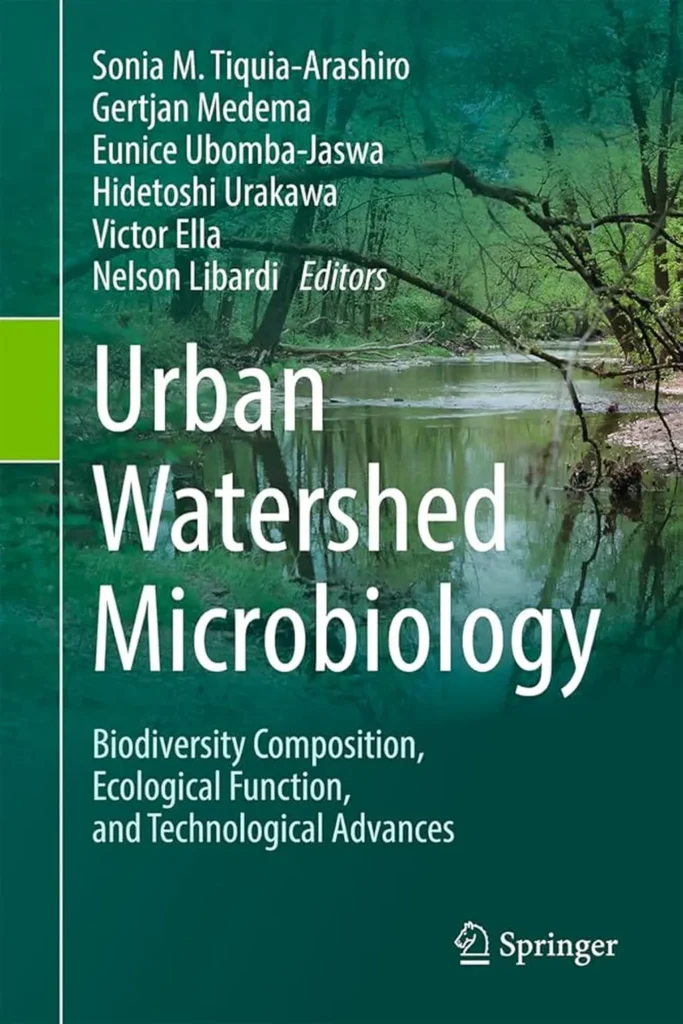In the heart of urban landscapes, reservoirs serve as vital water resources, but their influence on microbial communities has remained a mystery—until now. A groundbreaking study led by Xun Wang from the Key Laboratory of Integrated Regulation and Resource Development on Shallow Lake of Ministry of Education and College of Environment at Hohai University in Nanjing, China, has shed light on the vertical diversity patterns of prokaryotes and eukaryotes in urban reservoirs. Published in *Water Science and Engineering*, this research could reshape how we manage and protect aquatic ecosystems, with significant implications for the energy sector.
The study focused on the vertical distribution of microbial communities in an urban reservoir, using water depth as a geographical gradient. By employing high-throughput sequencing, Wang and his team uncovered that the reservoir exhibited statistically significant differences in water temperature and oxidation/reduction potential at varying depths. “The α-diversity of the abundant subcommunity displayed an opposing vertical pattern compared to that of the rare subcommunity,” Wang explained. “This suggests that environmental heterogeneity plays a crucial role in shaping community structure.”
The findings revealed that the β-diversity for both subcommunities of prokaryotes and eukaryotes increased with water depth. Notably, the β-diversity of the rare subcommunity of eukaryotes was primarily driven by species turnover in surface water, while nestedness became the dominant factor in deeper water. “Eukaryotic microbes exhibited a more pronounced response to changes in water depth than prokaryotes,” Wang added, highlighting the importance of heterogeneous selection to the eukaryotic community.
The study also identified water temperature as a significant driver of community composition for all groups, underscoring its importance in shaping community dynamics. This research provides valuable insights into the vertical distribution and assembly mechanisms of microbial communities in urban reservoirs, contributing to the protection and management of aquatic ecosystems under river regulation.
The implications for the energy sector are substantial. Understanding the assembly processes of microbial communities can enhance the efficiency of water treatment and resource management in energy production facilities. By optimizing the conditions for beneficial microbial communities, energy companies can improve water quality and reduce operational costs. Additionally, this research could inform the development of bioenergy technologies that harness the power of microbial communities for sustainable energy production.
As we grapple with the challenges of climate change and water scarcity, this study offers a glimpse into the intricate world of microbial communities and their role in maintaining the health of our aquatic ecosystems. By leveraging the insights from this research, we can pave the way for innovative solutions that benefit both the environment and the energy sector. “This study is just the beginning,” Wang remarked. “There is still much to explore and understand about the complex interactions between microbial communities and their environment.”
In a world where water resources are increasingly under threat, the work of Xun Wang and his team serves as a beacon of hope, guiding us toward a more sustainable and resilient future. As the energy sector continues to evolve, the integration of microbial research into water management strategies will be crucial for ensuring the long-term viability of our precious water resources.

